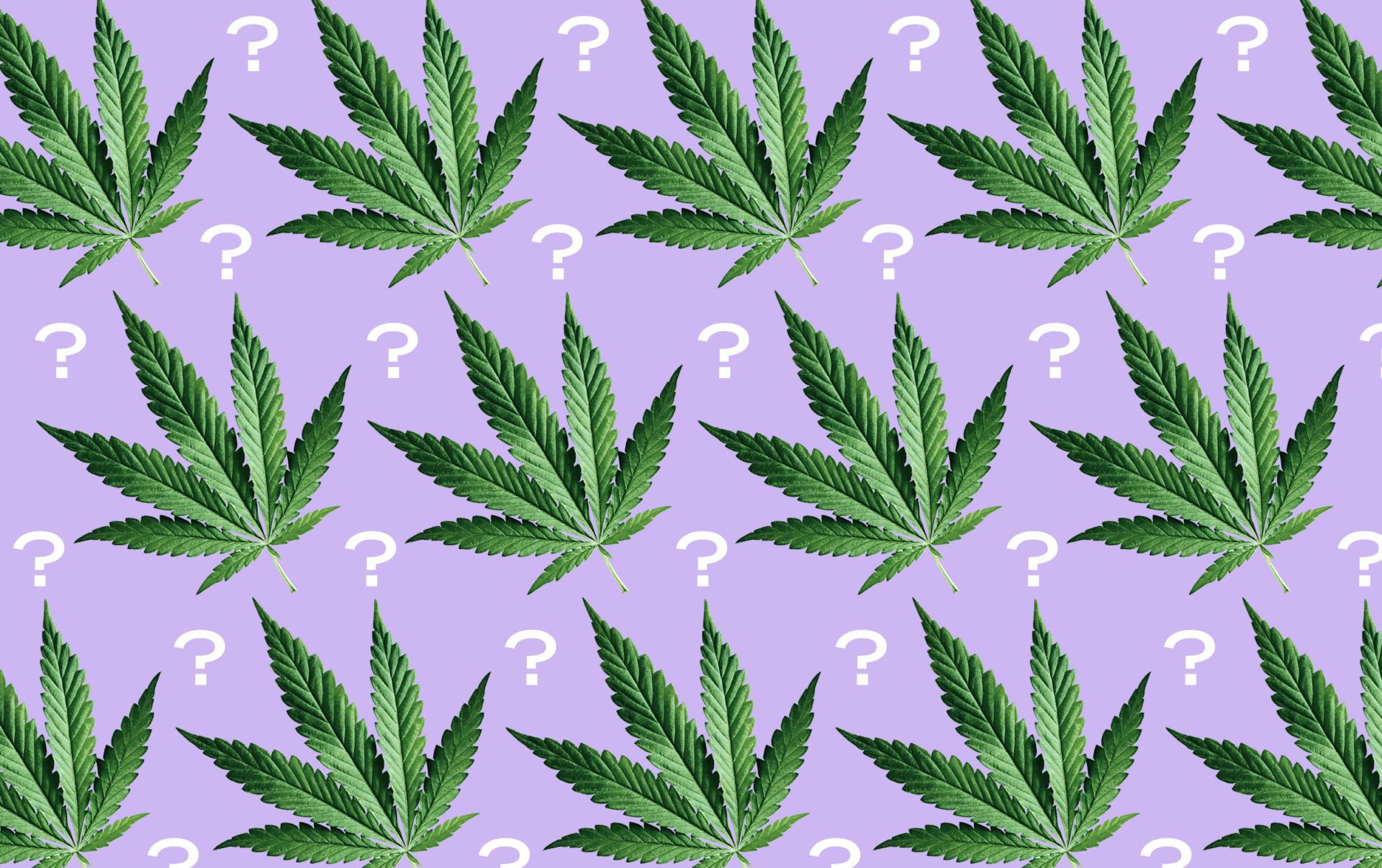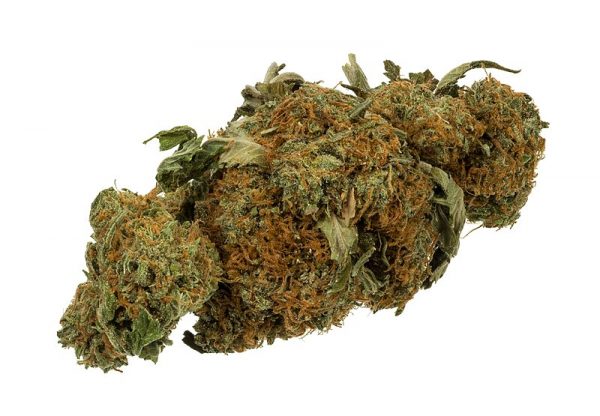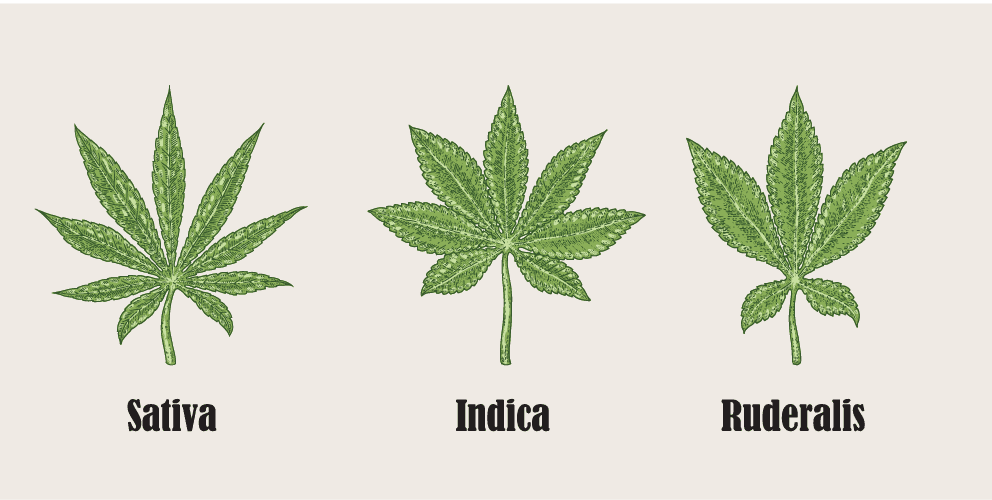
The most popular reason to use cannabis is to experience the psychoactive effects or “the high” that the plant’s compounds trigger. But there’s so much more to cannabis than feeling high. Learn everything you need to know about cannabis, its effects, therapeutic properties, benefits, and risks in our ultimate guide to cannabis Get the best results with the dart weed pipe selection.
What Is Cannabis?
Cannabis is usually used as a shorthand to refer to Cannabis sativa, Cannabis indica, and Cannabis ruderalis. Whether it is called hemp, marijuana, weed, pot, or any other number of slang and non-slang terms, they are all cannabis.
Marijuana
Marijuana is a slang term derived from Spanish that has come to refer to cannabis that is consumed for its psychoactive effect. People usually refer to cannabis grown for its flower or THC content as “marijuana” and the cannabis grown for its fiber as “hemp.”

Hemp
Hemp is also a variety of Cannabis sativa. Instead of being grown for its flower, hemp is usually grown for its stalk as a material for rope, textiles, clothing, and insulation, as well as food, biofuel, and phytoremediation (sucking out the pollution in industrial areas).

Is Medical Marijuana the Same as Marijuana?
Those who use marijuana for a particular condition are said to be consuming “medical marijuana.” Those who are using it for enjoyment are said to be using “recreational marijuana.” However, these products all derive from the same source – cannabis plants.
There is a subset of non-medical cannabis users who use it to prevent stress as opposed to just its psychoactivity. Yes, they may enjoy cannabis, but they also get some of its everyday therapeutic benefits.
Eating better, sleeping better, and recovery from strenuous physical and mental activity – all of these things are essential to a healthy life. Cannabis can achieve all of these things with cannabis.
Types of Cannabis
The main types of cannabis are Sativa, indica, ruderalis, and hybrids.

Sativa
Sativa is feral or wild cannabis from Eastern Europe, Russia, or Central Asia. Hemp varieties, often grown for their stalk and fiber rather than flower, could be classified as Cannabis sativa. Some varieties may display auto-flowering traits. Autoflowering varieties grow shorter, whereas hemp varieties grow taller.
Indica
Indica is cannabis from India and other equatorial regions of Africa, South America, and Jamaica. This type of cannabis is taller and has a flowering time ranging from 10 to 14 weeks. Branches are spaced out, and the buds/flowers are less dense.
Ruderalis
Cannabis ruderalis is CBD-dominant and doesn’t get most people high. Most ruderalis strains contain less than 3 percent THC.
Ruderalis strains are auto-flowering and easy to grow. Popular ruderalis strains include Royal Haze Automatic, Haze Berry Automatic, and Amnesia Haze Automatic.
Hybrids
Hybrids are the wild cards of cannabis strains. They could contain a sky-high amount of Sativa and rock bottom level of indica, or vice versa. Unless you know the Sativa-indica concentrations (and your response to cannabis), there’s no way to determine what type of high you’ll experience.
Which Type Is Best?
However you wish to classify cannabis, indica, Sativa, hemp, and ruderalis plants may all potentially be beneficial for you. What works for you could come down to a range of factors. You may prefer something with more CBD during the day to help ease pain and anxiety when out-and-about, but something with a little more THC and cannabinol (CBN) at the end of the day when you need to get to sleep.
Ultimately, the best way to find out if a strain or product works for you is to look at the test results on the packaging and test a few different products out for yourself.
How Marijuana Works in the Body
Marijuana contains plant compounds that naturally bind to receptors in our endocannabinoid system, or ECS also called the master regulator. The ECS oversees numerous critical life functions, including fertility and reproduction, immunity, memory, appetite, and much more.
Cannabinoids
The two primary cannabinoids or active ingredients found in cannabis are tetrahydrocannabinol (THC) and cannabidiol (CBD). These two cannabinoids are complementary yet very different.
THC
Tetrahydrocannabinol (THC) is the primary psychoactive compound found in the resin of cannabis plants. THC is the most well-known of the 150 cannabinoids found in cannabis and turns on CB1 cannabinoid receptors in the brain, creating that “high” feeling so often associated with marijuana.
Many people misunderstand THC as the “non-medical” part of cannabis. Still, it also activates CB2 receptors in the immune system, making it an effective anti-inflammatory that can help relieve both chronic and acute pain (like muscle cramps).
Senaste kommentarer